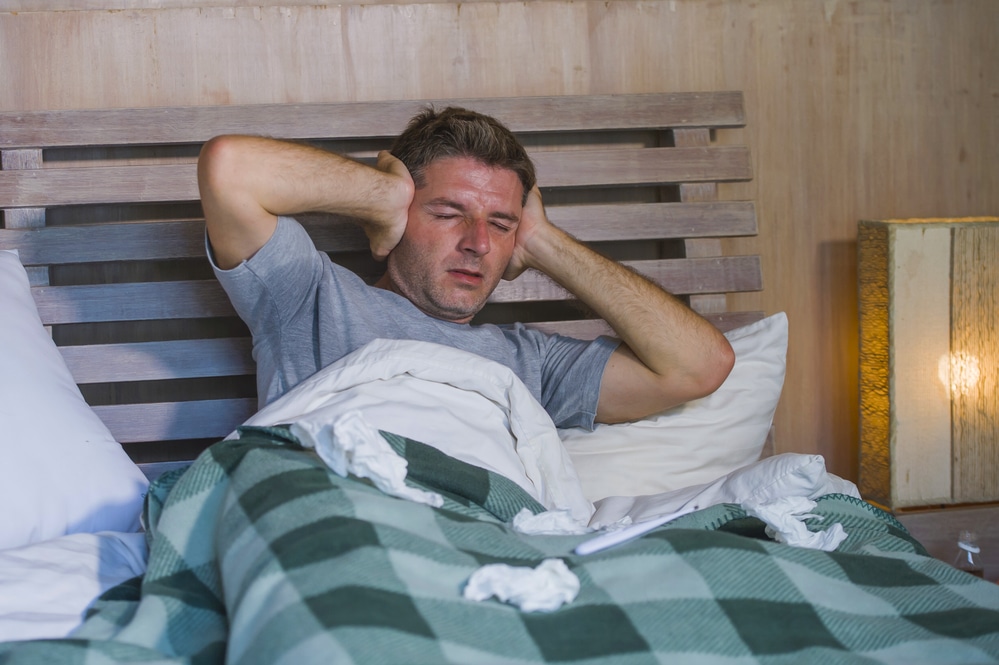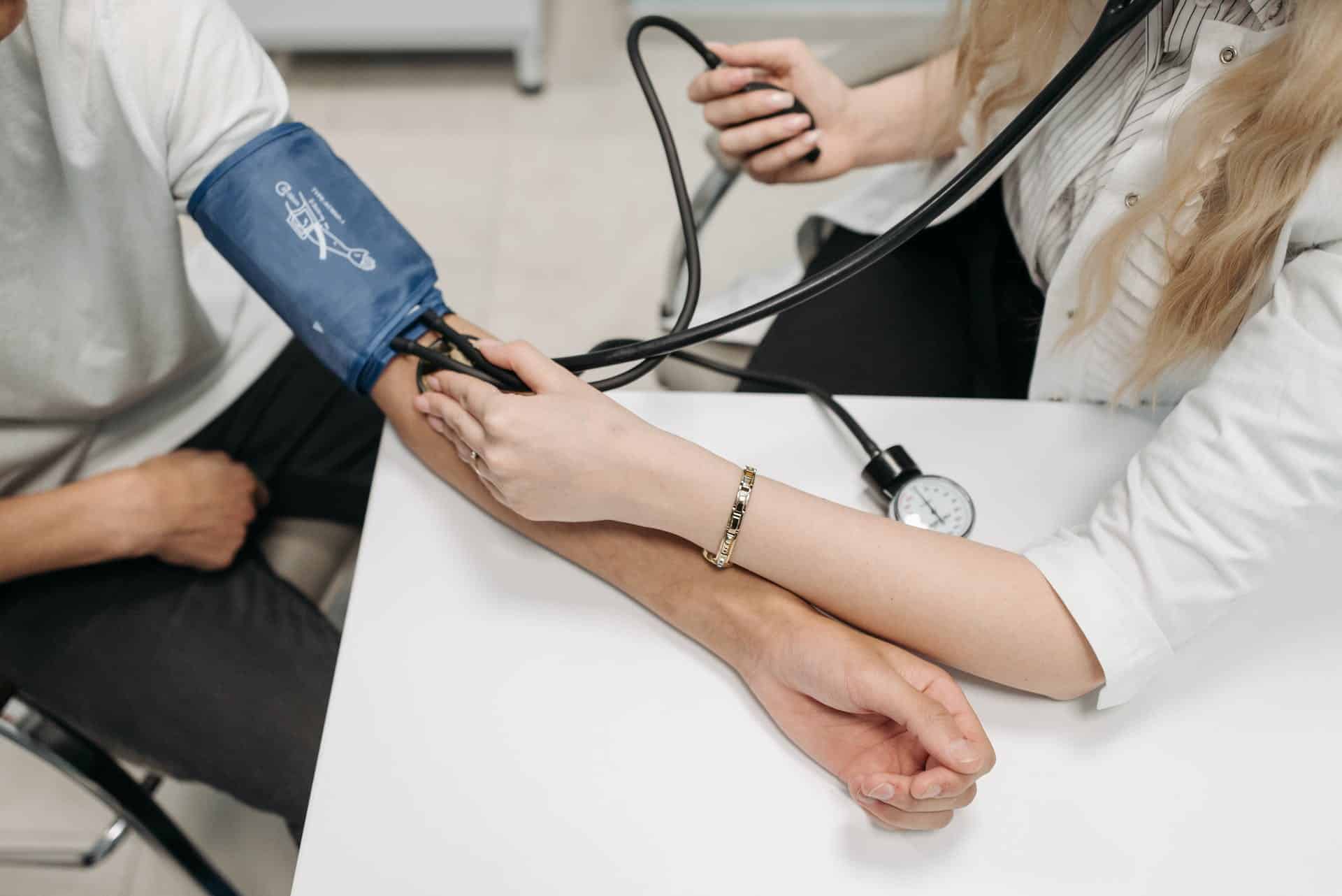One of the most troubling aspects of opioid medication abuse is the dangerous and uncomfortable withdrawal symptoms that come with detox. To help those undergoing opioid detox, clinicians at treatment programs like Vogue Recovery Center may use other medications to reduce opioid withdrawal symptoms. A medical professional must administer these medications. If they are misused for an opioid addiction, it could cause a dangerous situation known as precipitated withdrawal.
Opioid abuse is a huge problem in our society. Prescription pain medications like Vicodin, Percocet, and Codeine are all opioid medications that carry a potential for abuse. According to data from the U.S. Department of Health and Human Services (HHS), more than 10 million Americans abused prescription pain medications in the past year. Opioid pills are so addictive that the HHS declared the situation a public health emergency in 2017.
What Is Precipitated Withdrawal?
When a person takes a medication that is designed to lessen the detox symptoms before properly detoxing from the opioid are addicted to, it is known as precipitated withdrawal. Withdrawal symptoms might be abrupt and severe if these drugs are taken too early in the course of recovery.
This class of medications is known as opioid receptor antagonists. They block the effects of the opioids in a person’s system and can dampen the craving for the drugs as well. The agonist displaces the opioid molecules from the receptors in the brain immediately. This causes an abrupt, intensified withdrawal reaction from opioids.
Precipitated withdrawal symptoms include:
- Fever
- Sweating
- Disrupted sleep
- Muscle aches
- Cramping
- High blood pressure

When it comes to precipitated withdrawal, working with a treatment center is always the best course of action. Using drugs to assist with withdrawal and detox can be challenging. It helps to have a team of professional detox specialists on hand to assist with every step of the process. Experiencing precipitated withdrawal with the right group of medical professionals by your side makes all the difference in recovery.
What Is Medication-Assisted Treatment (MAT)?
Opioid addiction is one of the most troubling issues facing society today. Prescription pain medication and powerful street drugs like heroin carry a high potential for abuse and overdose. Quitting “cold turkey” usually isn’t a good option because of how difficult withdrawal is.
Instead of quitting opioids cold turkey, substance abuse counselors often use medication to help manage withdrawal symptoms and wean someone off opioids. This type of addiction treatment is called medication-assisted treatment (MAT). When treating opioid addiction and detox, the United States Food and Drug Administration recognizes three medications approved for opioid withdrawal treatment. All three can cause precipitated withdrawal when misprescribed or used too early in the detox process.
The three drugs approved to treat opioid detox are:
- Buprenorphine
- Methadone
- Naltrexone
What Is Buprenorphine?
Buprenorphine is a partial agonist. That means it activates the opioid receptors in your brain but to a lesser extent than full agonists like heroin or morphine. This partial agonism results in reduced euphoria and a lower risk of overdose compared to full agonists.
Buprenorphine treatments can be given as:
- Sublingual (under-the-tongue) tablets or films
- Long-acting implants
- Injections
Some common brand names for buprenorphine products are:
- Suboxone (a combination of buprenorphine and naloxone)
- Subutex
- Bunavail
What’s the Difference Between Suboxone and Buprenorphine?
Suboxone and buprenorphine are both medications used in the treatment of opioid use disorder. Many people confuse the two because they contain the same active ingredient: buprenorphine. But Suboxone treatment is a combination medication that contains both buprenorphine and naloxone, while buprenorphine is the generic name for the medication that contains only buprenorphine.
Suboxone has a lower risk of misuse compared to buprenorphine by itself because of the naloxone component. If someone attempts to misuse Suboxone by injecting it, the naloxone can precipitate withdrawal symptoms, which discourages this behavior.
The choice between doses of buprenorphine or Suboxone is made by a professional addiction treatment counselor. Their decision is based on factors like your history of opioid use and the risk of misuse. Some people find value in Suboxone’s added deterrent against misuse. Others may be prescribed buprenorphine alone if their healthcare provider is concerned about potential side effects or reactions to naloxone.
What Is Methadone?
Methadone is a synthetic opioid medication used to treat an opioid use disorder. It’s a long-acting opioid agonist. That means it activates the same opioid receptors in your brain that are targeted by drugs like heroin, morphine, and prescription opioids. Methadone helps reduce cravings and withdrawal symptoms, allowing you to stabilize your life and engage in treatment and counseling. The goal is to reduce the dose little by little until you’re free of opioid abuse.
What Is Naltrexone?
Naltrexone is an opioid receptor antagonist. Unlike partial opioid agonists, it blocks the effects of opioids altogether and can help reduce the intensity of an opioid. It’s also used in alcohol addiction treatment. The drug is available in tablet or pill form and is taken daily. Oral naltrexone helps reduce the pleasurable effects of opioids and alcohol. This can help reduce cravings for the substances. Naltrexone also comes in an injectable form sold under the brand name Vivitrol. It provides a longer-lasting blockade of opioid and alcohol receptors compared to the oral form.
Is Precipitated Withdrawal Fatal?
It’s very rare that an incidence of precipitated withdrawal is fatal. Still, checking into a detox facility that specializes in treating opioid use disorder can make all the difference in recovery. A rehab facility like Vogue Recovery Center takes an approach to treatment that puts your needs first. Physical dependence on opioid medication can happen to anyone. Addiction recovery starts with making the call to a place that can prevent or manage precipitated withdrawals while working with you to end opioid dependence.
Treating Opioid Addiction at Vogue Recovery Center
The addiction treatment programs at Vogue Recovery Center feature unique levels of care so you can find the right path to a brighter future.
Our levels of care include:
Medical detox: The first step in recovering from drug addiction is detox. Drugs like opioids are powerful and can come with severe withdrawal symptoms. Detox helps rid the body of all substances so you can move forward with the next phases of recovery.
Vogue Recovery Center offers a full continuum of care with effective, science-backed treatment approaches. We offer all levels of care:
- Residential treatment: Inpatient care is a level of programming that involves living full-time at a substance use disorder treatment center. While in treatment, you undergo therapies like individual counseling, group therapy, family therapy, and more. They help improve your mental, physical, and emotional health.
- Partial hospitalization program (PHP): A PHP is a form of outpatient care that offers valuable structure and treatment. Clients have the option to live at home or in a sober living community while attending treatment at our rehab facility.
- Intensive outpatient program (IOP): A step down from a PHP, an IOP is also a form of outpatient treatment. It involves spending less time in treatment and more time living normal life and using the skills you’ve learned in recovery to build a brighter future for yourself.
- Outpatient rehab: Outpatient rehab is an opportunity to work on your sobriety in treatment while also having the time and flexibility to attend work or school and tend to life’s many obligations. Outpatient treatment is a chance to use the coping mechanisms and skills learned in recovery to live a life free from drugs and alcohol.
If you’re ready to stop the drug abuse that’s making your life difficult, call us today. Our team has experience in managing opioid withdrawals from substances like prescription drugs or heroin addiction. We can help you understand why withdrawal happens and use medication-assisted treatment to help you get better. The longer you wait to get help, the more likely an opioid overdose becomes. Contact our admissions team today for an insurance verification or to learn more about how to prevent precipitated withdrawals.

Questions about treatment options?
Our admissions team is available 24/7 to listen to your story and help you get started with the next steps.

Evan Gove

Latest posts by Evan Gove (see all)
- Dangers of Mixing Prozac and Alcohol - September 10, 2024
- Is Prednisone Addictive? - September 9, 2024


